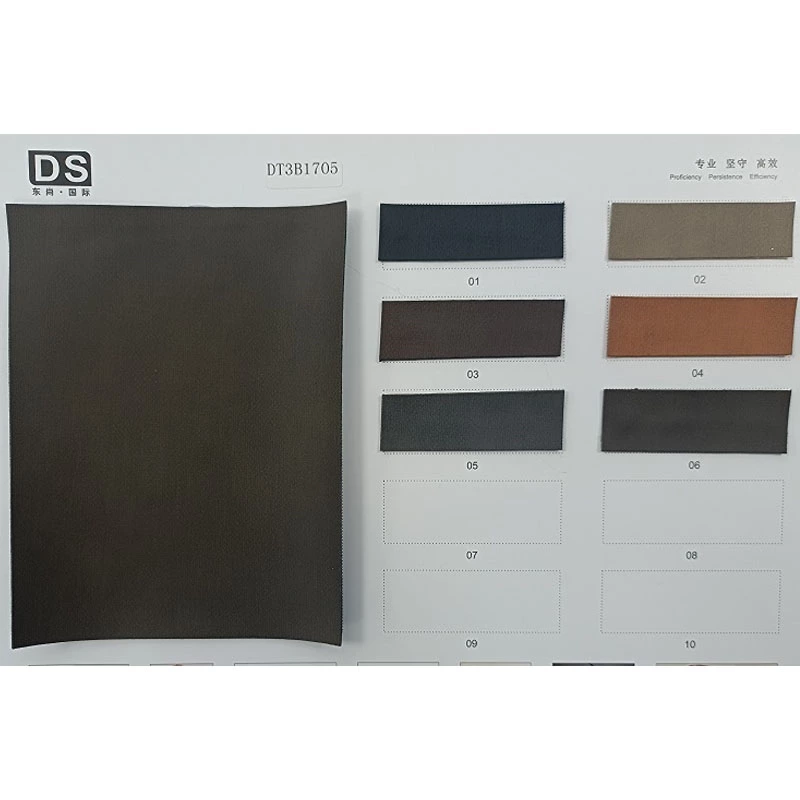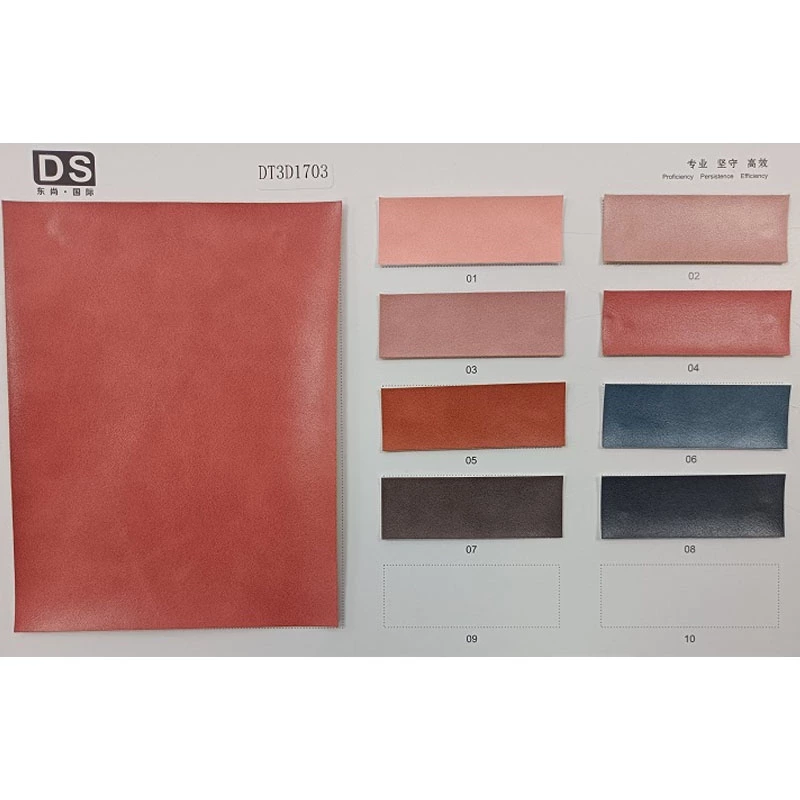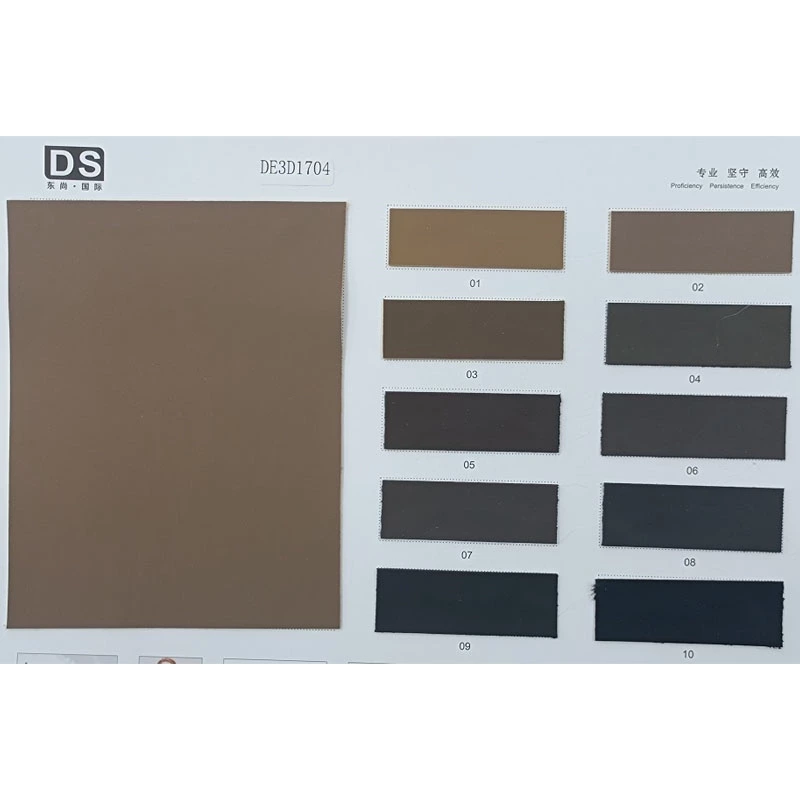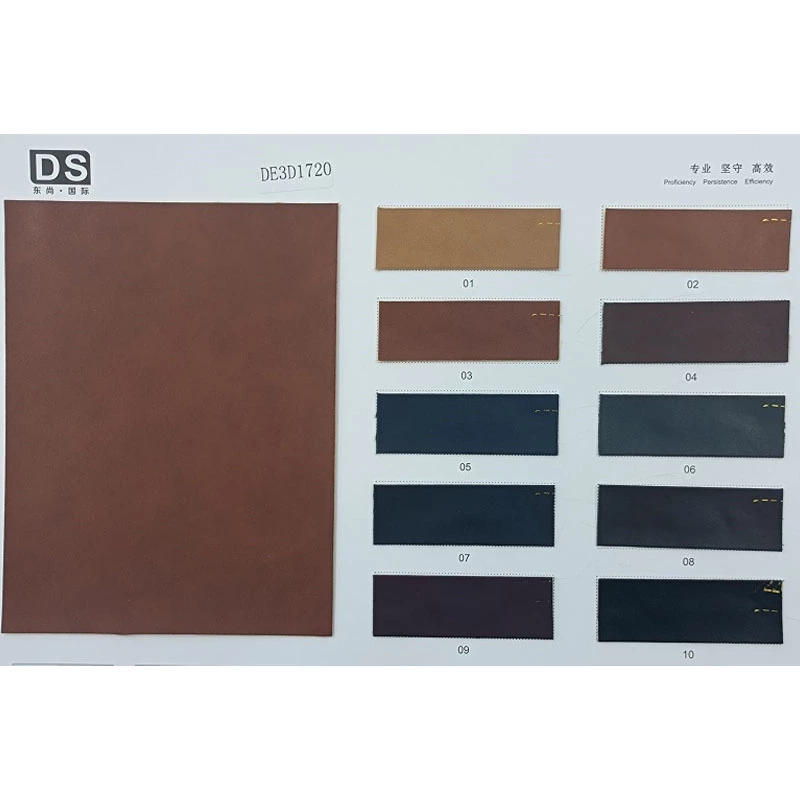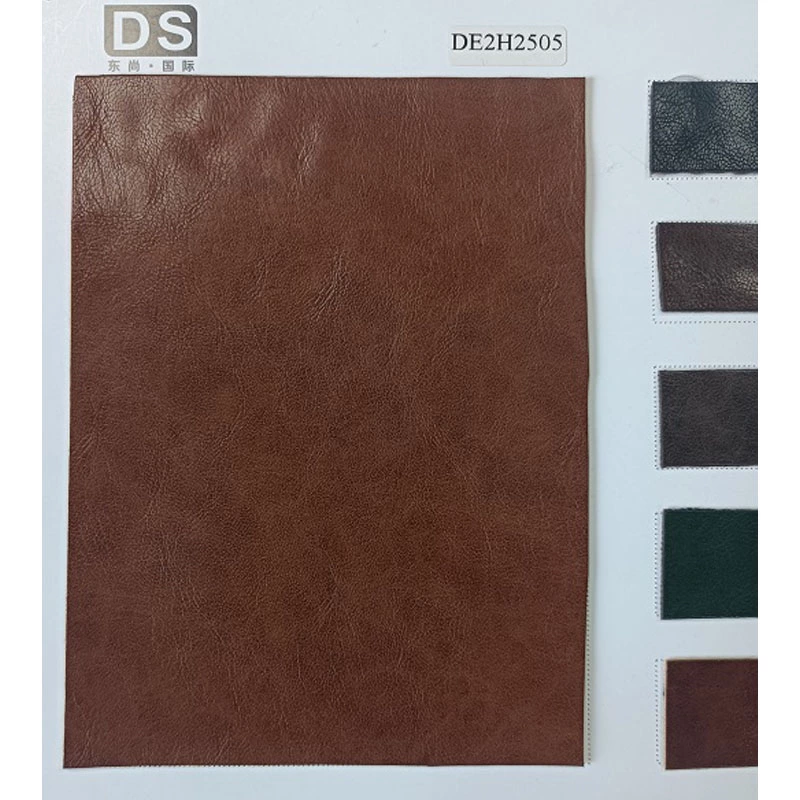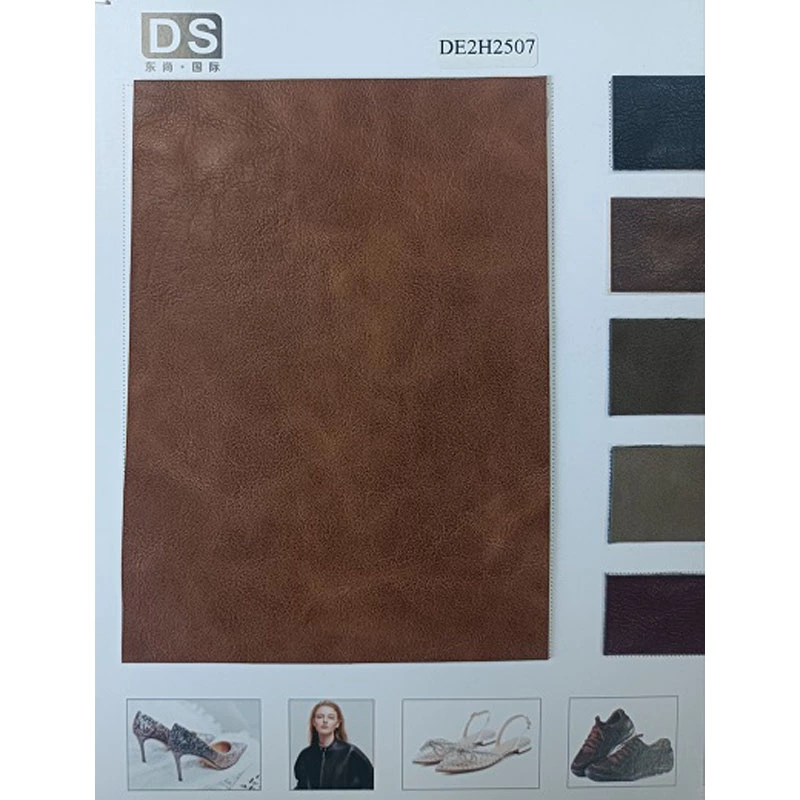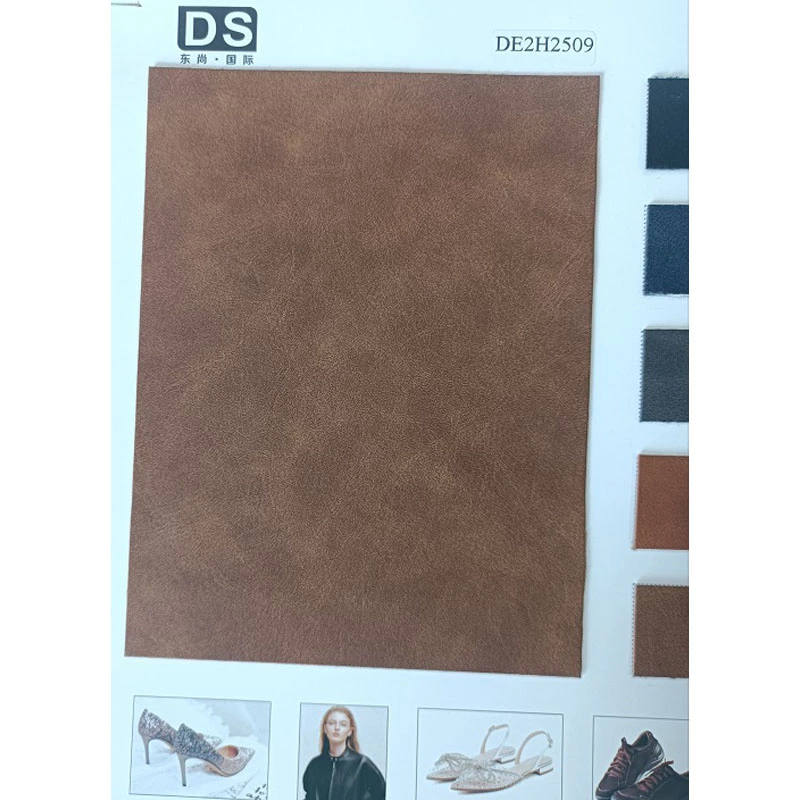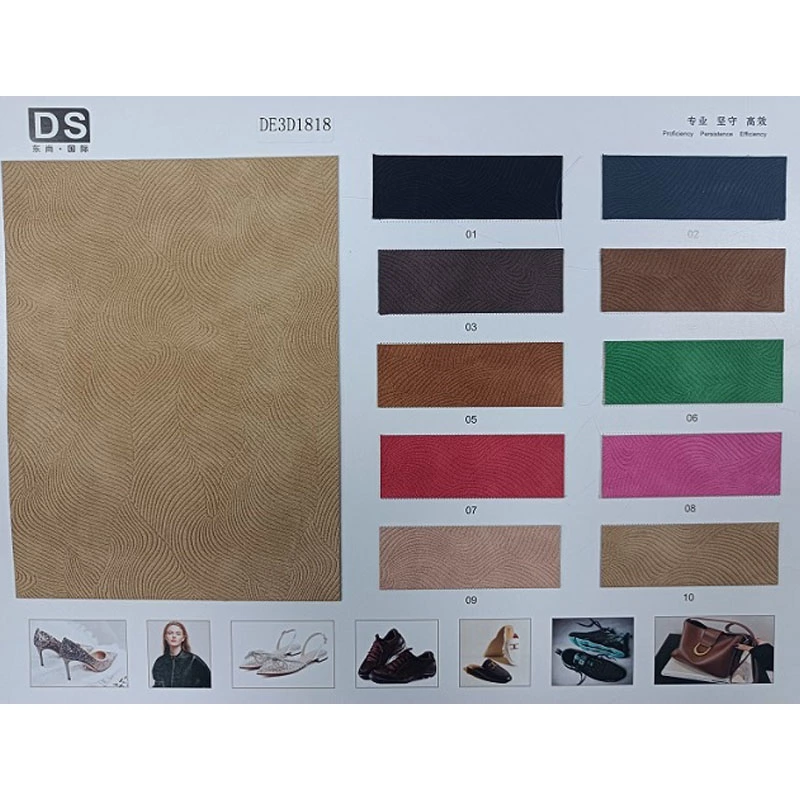How To Choose Clothing Leather
Garment leather is a general term for leather used to make leather clothing (leather clothing, leather pants, leather skirts, etc.). It is mostly made of cowhide, goat skin, sheepskin, pigskin, etc., and is made by chrome tanning. It is divided into front leather, suede leather and wool leather. Most of them are dyed. Except for suede leather and single uncoated leather, most of them must be coated. So what should we pay attention to when choosing garment leather? Let's take a look!
Garment leather is PU leather, and its thickness is mostly between 0.5 and 1.1mm depending on the type. The common quality requirements are comfortable to wear and durable and beautiful. The area of garment leather is better, which can improve the tailoring rate and reduce stitching. At present, leather clothing manufactured in my country is mainly made of cowhide, goat skin and sheepskin, and there are also a certain amount of pigskin clothing.
Key indicators of garment leather
1. Tear force. Tear force is a key indicator of leather for clothing, which basically reflects the durability of leather. The tearing force of sheepskin should be greater than 11N, that of cowhide and pig leather should be greater than 13N; other types of leather should be greater than 9N.
2. Elongation under load. Elongation under load reflects the tensile function of leather, which is usually the elongation under a regular load of 5N/mm2. For all leathers used for clothing, the elongation under load should be between 25% and 60%.
3. Conflict color fastness. Conflict color fastness reflects the bonding fastness of dyes in leather, which is usually tested by 50 dry rubbings and 10 wet rubbings under a regular load. For all leathers used for clothing, the dry rubbing fastness should be greater than or equal to level 3/4, and the wet rubbing fastness should be greater than or equal to level 3.
4. Safety function. The safety function of leather mainly involves environmental safety indicators such as heavy metals, hexavalent chromium, formaldehyde, and banned aromatic amine dyes.

